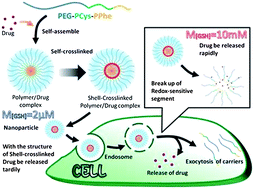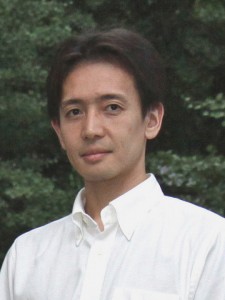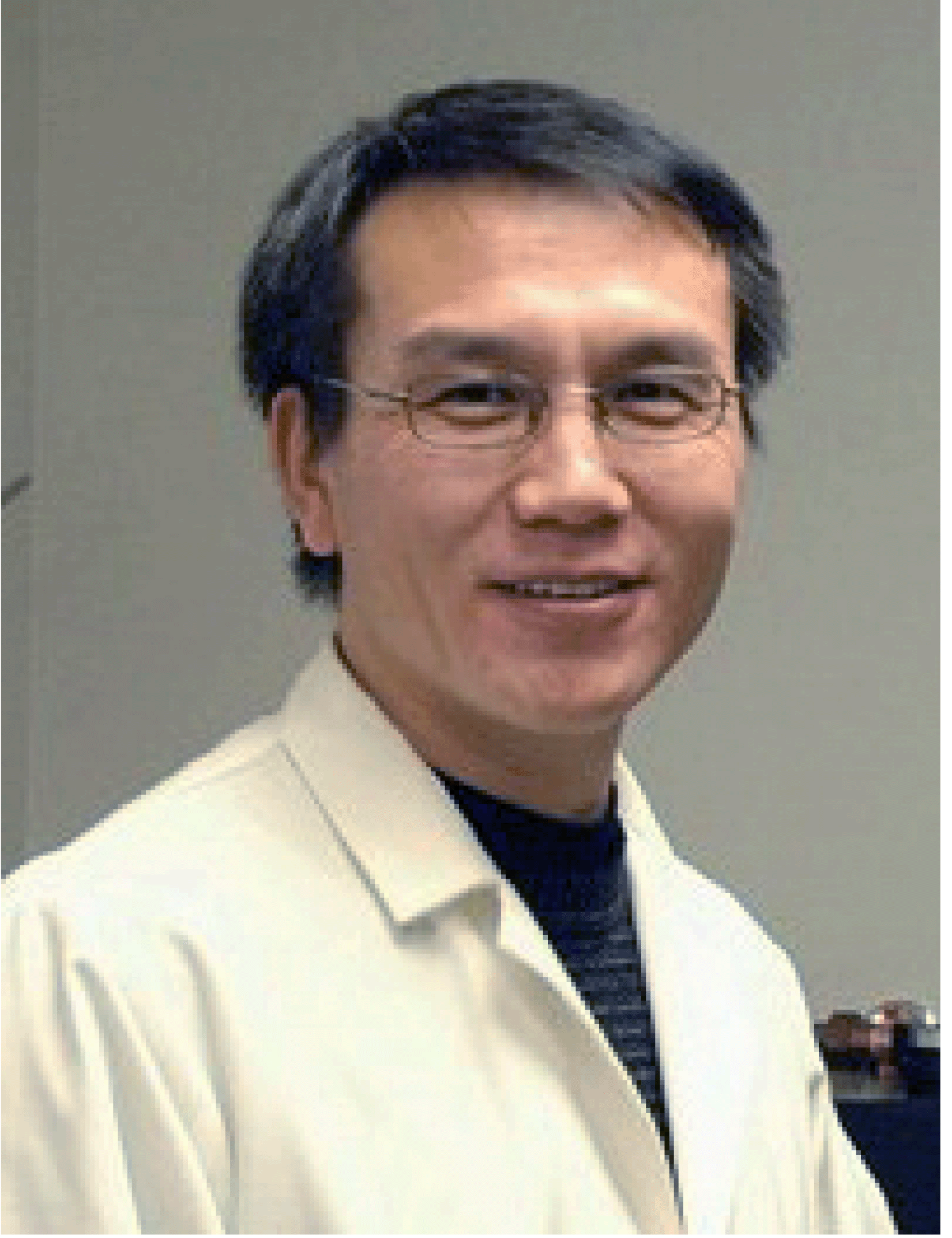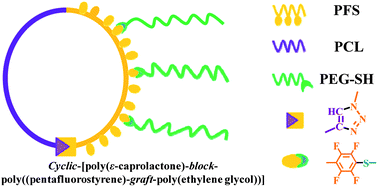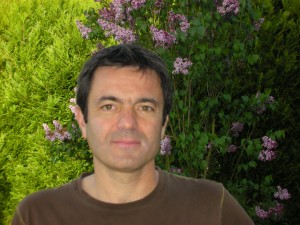 Christophe Boisson studied chemistry at the Ecole Nationale Supérieure de Chimie de Montpellier (France). He received his PhD in Organic Chemistry from the University of Paris-Sud 11 in 1996 for investigations of the chemistry of f-metal amide complexes. The same year, he became research associate at the French National Center for Scientific Research (CNRS) and he joined the group of Dr Roger Spitz at CPE-Lyon where he developed research in the field of copolymerization of ethylene with butadiene. In 2008, he was appointed CNRS research director at the laboratory Chemistry, Catalysis, Polymers and Processes (UMR 5265 – CNRS, CPE Lyon, University Lyon 1). His research interests are focused on homogeneous and heterogeneous catalysts for the polymerization of olefins.
Christophe Boisson studied chemistry at the Ecole Nationale Supérieure de Chimie de Montpellier (France). He received his PhD in Organic Chemistry from the University of Paris-Sud 11 in 1996 for investigations of the chemistry of f-metal amide complexes. The same year, he became research associate at the French National Center for Scientific Research (CNRS) and he joined the group of Dr Roger Spitz at CPE-Lyon where he developed research in the field of copolymerization of ethylene with butadiene. In 2008, he was appointed CNRS research director at the laboratory Chemistry, Catalysis, Polymers and Processes (UMR 5265 – CNRS, CPE Lyon, University Lyon 1). His research interests are focused on homogeneous and heterogeneous catalysts for the polymerization of olefins.
Details of his research activities can be found at: http://c2p2-cpe.com/index.php
What was your inspiration in becoming a chemist?
When I was a young student, chemistry was the scientific disciplines I succeeded best. This was at first a good reason to start learning chemistry but very rapidly I was fascinating by the arrangement of atoms to make molecules and the infinite possibilities of structure creation offered by chemistry.
What was the motivation behind the research in your recent Polymer Chemistry paper (DOI: 10.1039/C2PY20063E)?
Synthetic rubbers in the tyre industry are principally based on homo- and co-polymers of butadiene. Our group has a long standing interest in the polymerization of butadiene. We have developed neodymium catalysts for stereospecific polymerization of butadiene but especially for the design of new elastomers named EBR (ethylene-butadiene rubber) bearing unique microstructures. More recently, we focused on nickel catalysts for butadiene polymerization since these complexes are less sensitive to functional groups than neodymium systems and provide opportunities to prepare new materials. In the present paper, an investigation of the activation of nickel(0) and nickel(II) precursors using a range of activators is reported and several new efficient catalysts are described. These investigations permit us to rationalize the formation of the actives species in the case of the industrial catalysts Ni(O2CR)2/BF3.OEt2/AlEt3.
Why did you choose Polymer Chemistry to publish your work?
In the editorial of the first issue of this young journal, Prof. David Haddleton wished that “the next generation of polymer chemists see Polymer Chemistry as their own journal representing what they need from their top journal”. I think it is the case and it is a very good reason to publish my works in this journal.
In which upcoming conferences may our readers meet you?
4th International Conference on Polyolefin Characterization (Houston – October 21-24, 2012)
International Conference on the Reaction Engineering of Polyolefins (Ferrara, Italy, June 17-20 2013 internet site : www.incorep.org)
How do you spend your spare time?
I think it is very important to save time for family in spite of our very exiting but also time consuming research work. Playing with my children, cooking and running are my favourite spare time hobbies.
Which profession would you choose if you were not a scientist?
My father was a chef, I will certainly enjoy creating my own dishes which I could taste contrary to chemicals.












